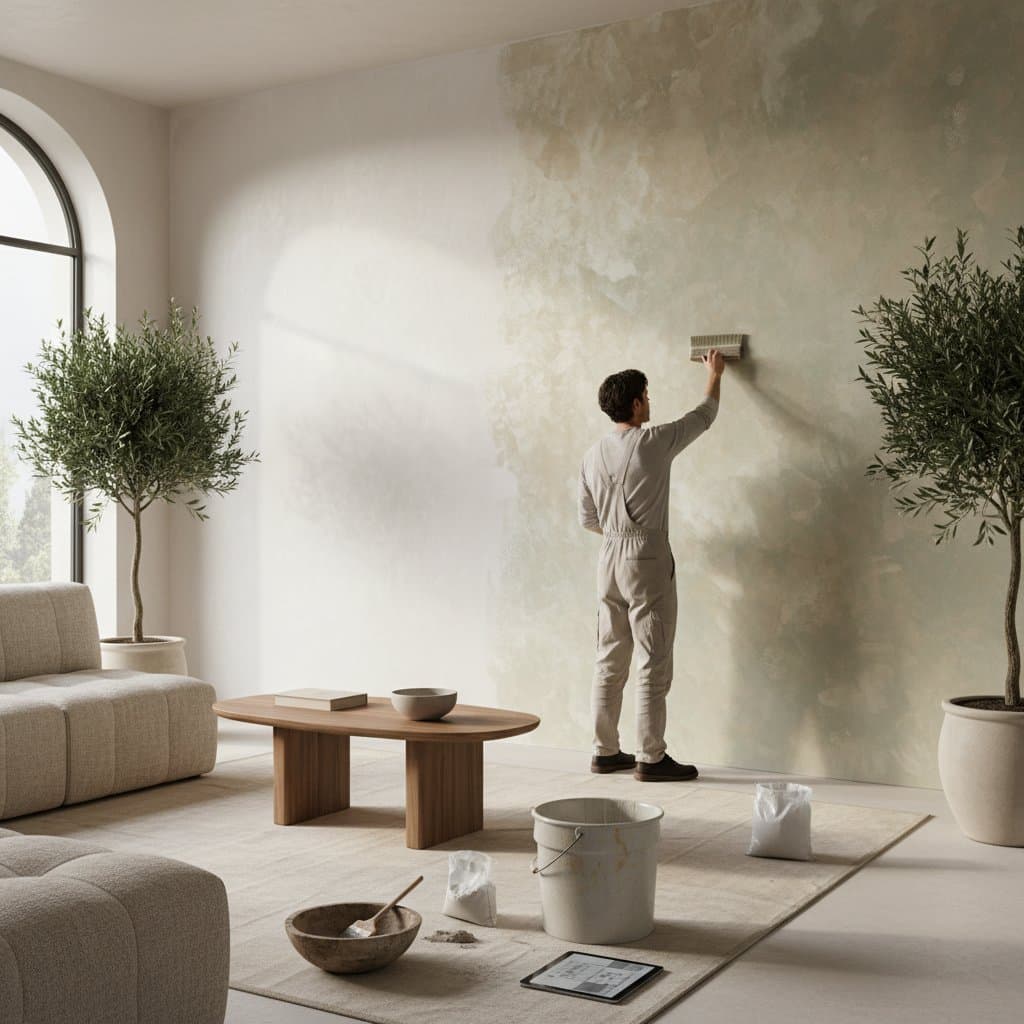Understanding the 2025 Price Dynamics: Sherwin-Williams vs. Benjamin Moore
Premium paint brands like Sherwin-Williams and Benjamin Moore have long set standards for quality finishes, vibrant colors, and enduring performance. In 2025, however, the cost difference between these two leaders has expanded noticeably. This article examines the reasons for these shifts and provides strategies to select the right paint for projects while managing expenses effectively.
Current Pricing Landscape
Homeowners and contractors report elevated prices for paints across the United States. Sherwin-Williams products typically fall into mid-to-high price ranges, while Benjamin Moore options often command a slight premium for similar performance levels. These adjustments stem from increases in raw material expenses, production modifications, and supply chain logistics.
The core issue remains whether the enhanced features of each brand warrant the additional investment. Factors such as application method, project location, and desired longevity influence this decision. Careful evaluation ensures optimal value.
Key Attributes of Each Brand
Sherwin-Williams and Benjamin Moore both deliver superior coverage and resilience, though their formulations differ in approach.
Sherwin-Williams Advantages:
- Widespread availability through numerous local outlets.
- Reliable tinting systems for precise color reproduction.
- Robust resources for professionals, including volume discounts.
Benjamin Moore Advantages:
- Intense pigments for richer color depth.
- Reduced volatile organic compounds in select products, ideal for health-conscious environments.
- Proven durability with limited color shift over time.
In professional settings, Sherwin-Williams sheens perform consistently under various lighting conditions, suiting high-visibility applications. Benjamin Moore excels in scenarios requiring nuanced tones, such as detailed interior designs.
Factors Driving Price Increases
High-end paints incorporate titanium dioxide, specialized resins, and performance additives for better adhesion and cleanability. Fluctuations in these component costs directly impact retail prices. Logistics for smaller orders further elevate expenses.
Sherwin-Williams benefits from integrated manufacturing, which helps maintain price stability. Benjamin Moore, distributed through independent dealers, experiences more variability in pricing. Both brands prioritize eco-friendly innovations and rigorous quality controls, contributing to higher production overheads. These advancements yield paints that are safer and more effective long-term.
Strategies for Budget Allocation
Effective planning allows access to quality results regardless of spending level. Consider these tiered approaches.
Entry-Level Options:
Select contractor-grade paints from either brand for solid coverage with basic color selections. Apply light sanding and a premium primer to elevate performance comparable to higher lines.
Mid-Range Choices:
Opt for Sherwin-Williams SuperPaint or Benjamin Moore Regal Select. These provide efficient coverage, seamless touch-ups, and sustained color vibrancy. One gallon typically covers 350 to 400 square feet, adjusted for surface texture.
Premium Selections:
Choose Sherwin-Williams Emerald or Benjamin Moore Aura for exceptional one-coat application and resistance to wear. These suit demanding areas like kitchens and hallways, offering extended service life.
Application Considerations: DIY and Professional
Both brands support do-it-yourself efforts with user-friendly properties. Sherwin-Williams applies evenly with rollers, benefiting novices. Benjamin Moore's denser formula minimizes runs when brushed thoughtfully.
Preparation remains essential: clean surfaces, patch imperfections, and prime as required. Quality tools enhance outcomes, yielding professional-grade results.
Professionals value Sherwin-Williams for quick recoating and accessibility in large-scale work. Benjamin Moore's self-leveling qualities appeal to those seeking impeccable finishes in visible spaces.
Evaluating Durability and Upkeep
Long-term performance defines paint investment. Benjamin Moore maintains sheen marginally better in sun-exposed areas. Sherwin-Williams resists humidity effectively, fitting moist environments like bathrooms.
Routine maintenance involves gentle cleaning with soap and water. Assess total ownership cost by durability: a higher initial price may reduce future repaints, providing economic benefits.
Health and Environmental Considerations
Contemporary formulations emphasize safety. Low- and zero-VOC lines from both brands improve indoor air quality. Sherwin-Williams Harmony and Benjamin Moore Natura suit sensitive areas such as children's rooms.
Review product labels for ventilation needs, drying periods, and full cure times before occupying treated spaces.
Achieving Lasting Value in Paint Selection
Paint projects enhance aesthetics and protect interiors, regardless of scale. The 2025 price trends reflect ongoing improvements in technology and sustainability. Blend approaches by reserving premium paints for focal areas and economical options for less prominent ones.
This method optimizes quality and affordability. Select Sherwin-Williams or Benjamin Moore based on specific needs to ensure enduring satisfaction and style.



